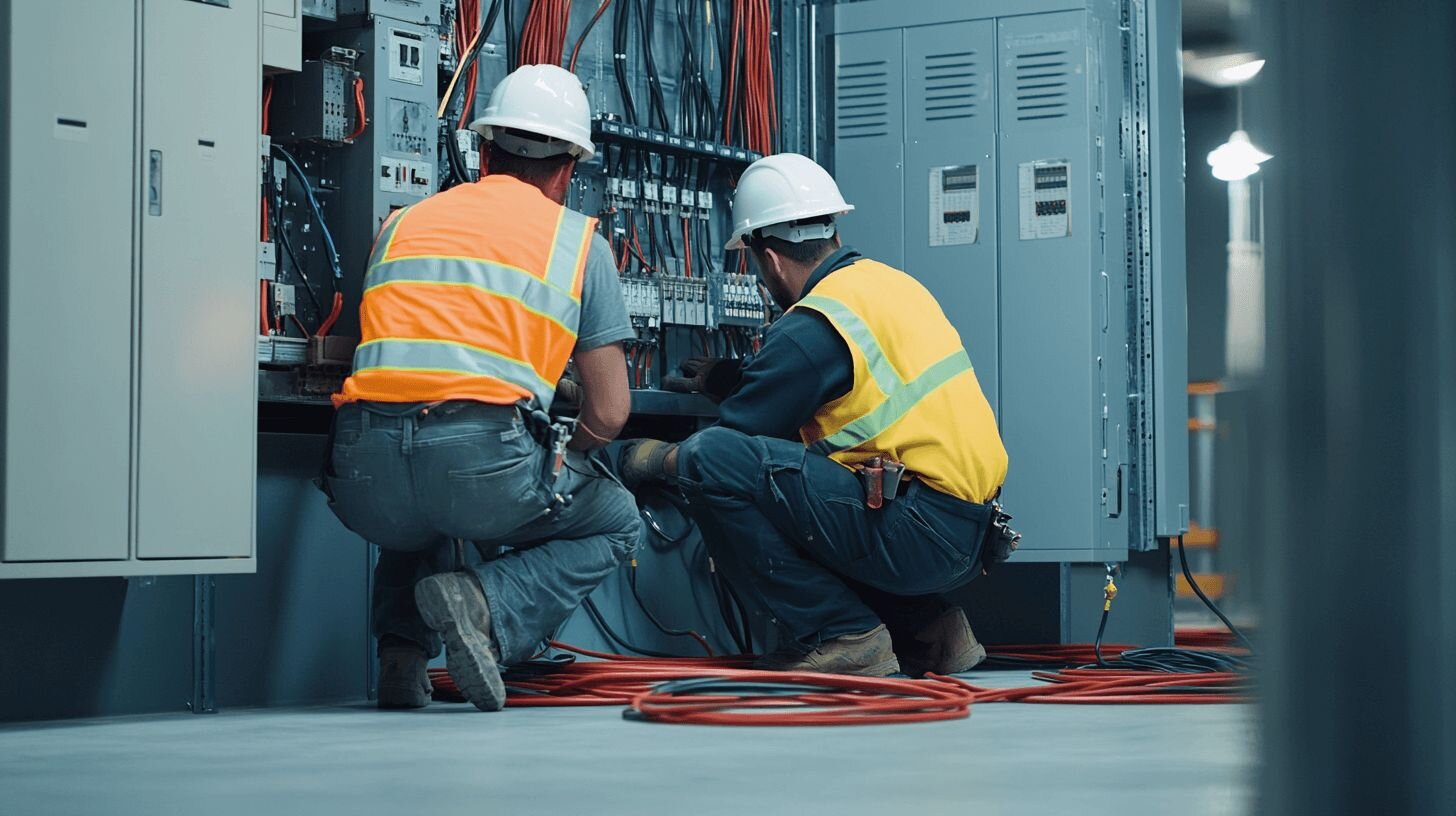Every October, as the first cold snap hits, the flood of heating emergency calls overwhelms HVAC contractors. Building managers scramble to fix broken heat exchangers, parts run out, emergency service rates spike, and your techs get buried in impossible workloads.
This all-too-familiar crunch creates real safety risks and drives up costs due to emergency service premiums, scarce parts, and unexpected downtime. But you can avoid that chaos by acting early. September offers the perfect window for commercial heating maintenance before the freeze and the frenzy hit.
Why September Works for Commercial Buildings
September’s moderate weather lets you shut down systems without disrupting occupants. Your techs are coming off peak AC season so workloads are more manageable. Parts suppliers still have stock before winter demand drains inventories. Plus, building managers usually have fresh budget dollars to spend on repairs.
This timing creates a win-win. You get to work methodically without emergency pressure and have time to properly test safety measures like combustion efficiency and carbon monoxide levels, while clients avoid expensive last-minute repairs and mid-winter failures.
The Business Case: Maintenance Pays Off
Here’s how to communicate with building managers to counter the “it’s still hot outside” excuses and win them over.
- Long lead times for parts make planned maintenance essential to prevent costly downtime and keep systems running smoothly.
- Routine maintenance extends the life of equipment, delaying costly replacements.
- It lowers overall repair costs since regular check-ups catch small problems before they become expensive fixes.
- Proactive service boosts tenant satisfaction by preventing winter heating failure.
This approach makes maintenance feel like a smart investment, helping owners say yes and giving you steady work.
Critical Systems That Demand September Attention
Rooftop Units (RTUs)
Heat exchangers need careful inspection for cracks and corrosion. Burner cleaning and control system recalibration prevent carbon monoxide issues and short cycling. Early gas manifold pressure testing reveals problems before they turn into emergencies.
Boilers
Conduct combustion analysis and safety control checks now. Water treatment prevents winter scale buildup that saps efficiency. Verify glycol levels in hydronic systems to protect pipes from freezing.
Building Automation Systems (BAS)
Update heating schedules, calibrate sensors, and test control sequences to avoid tenant complaints and wasted energy once winter hits.
Your Early August To-Do List
- Target commercial clients with critical or aging equipment
- Create a focused inspection checklist for September heating maintenance
- Prioritize high-risk sites like hospitals, elder care, and schools
- Coordinate with suppliers to stock up on common parts
Build a Long-Term September Maintenance Program
- Set annual reminders for September service bookings
- Educate building managers on why September maintenance matters
- Train your techs for efficient heating system inspections
- Track and document reductions in winter emergency calls
The September Advantage
Working September heating maintenance into your commercial service calendar sets you apart. You’ll enjoy peace of mind from fixing issues early, a more balanced workload heading into winter, happier clients and stronger relationships, and increased revenue through efficient, planned work.
Be the contractor who beats the rush and prove your value before emergencies strike.



